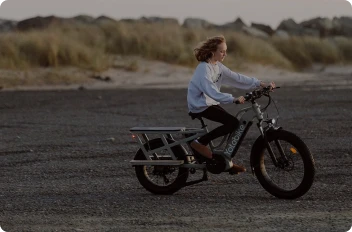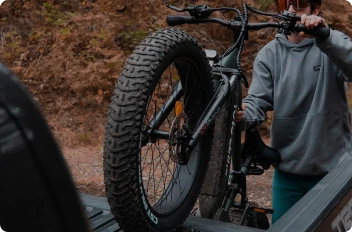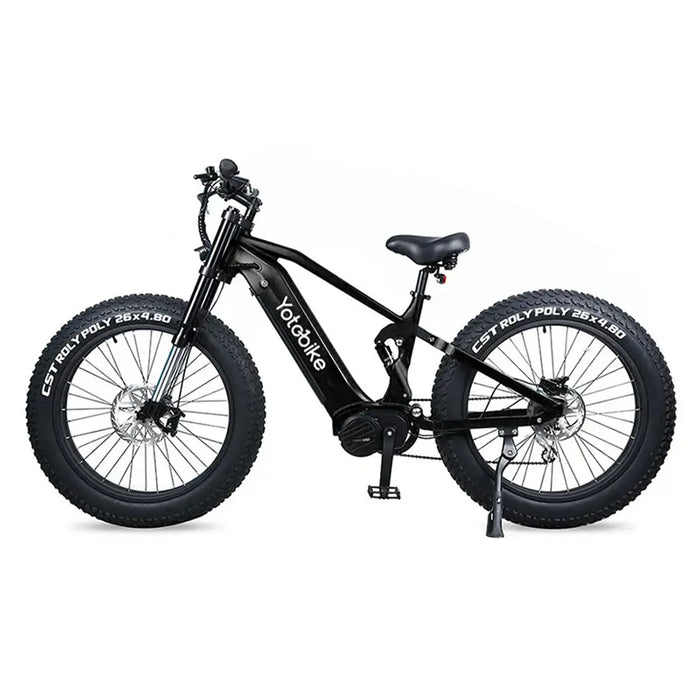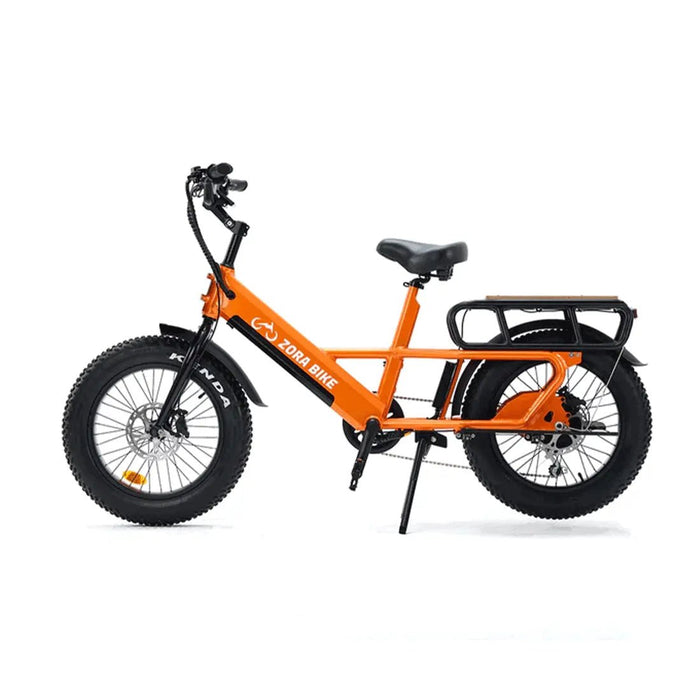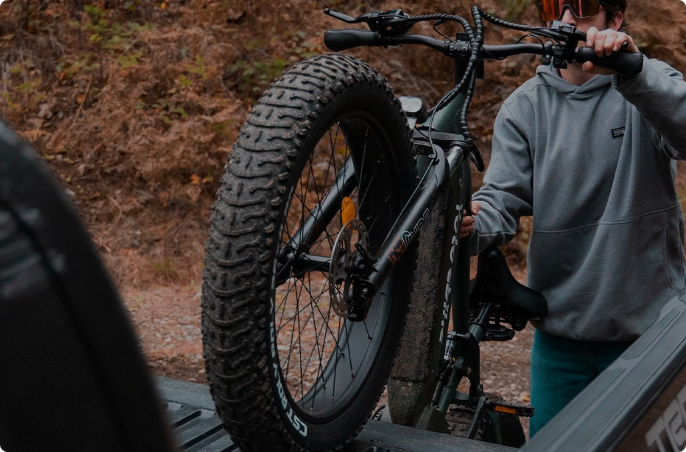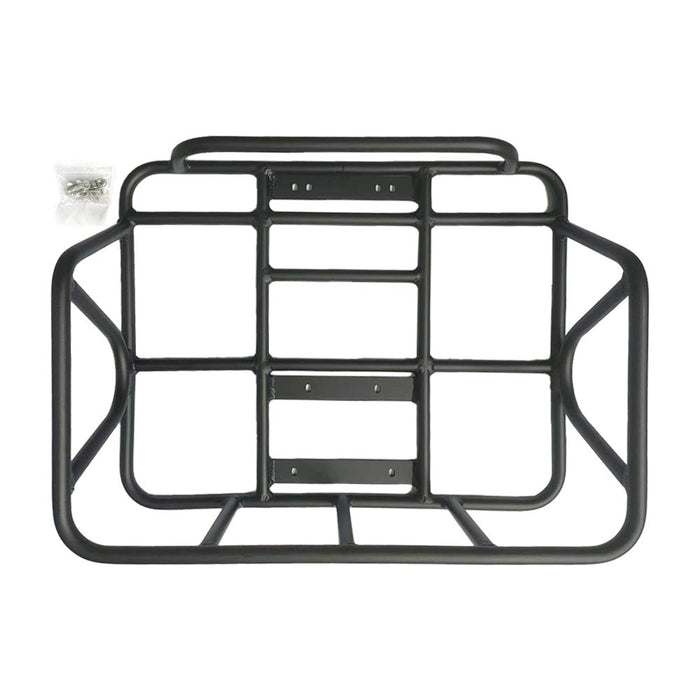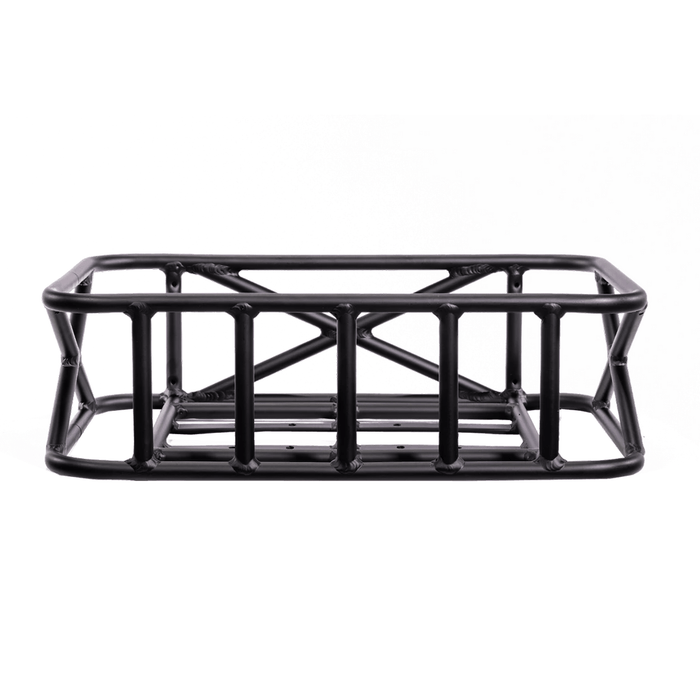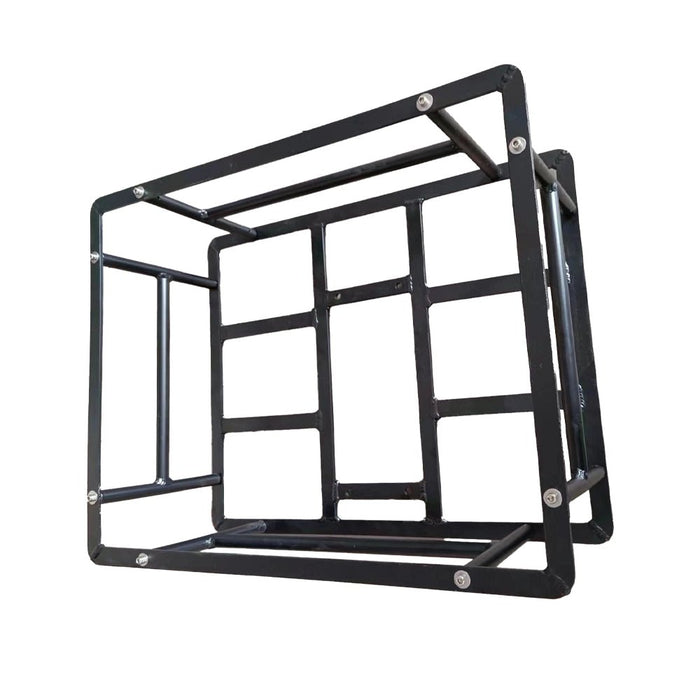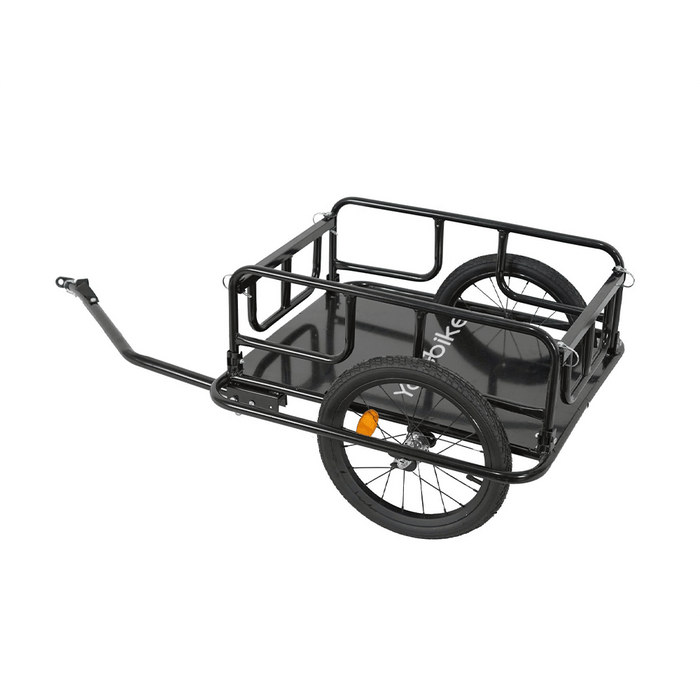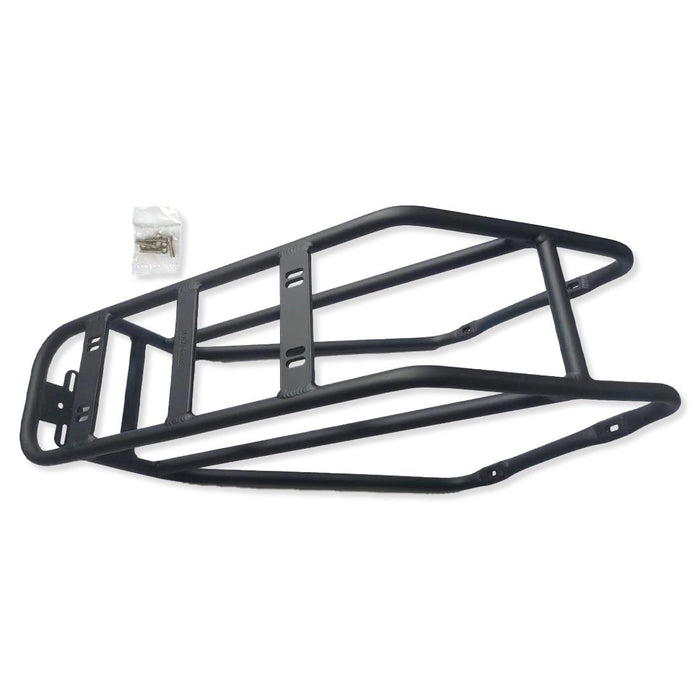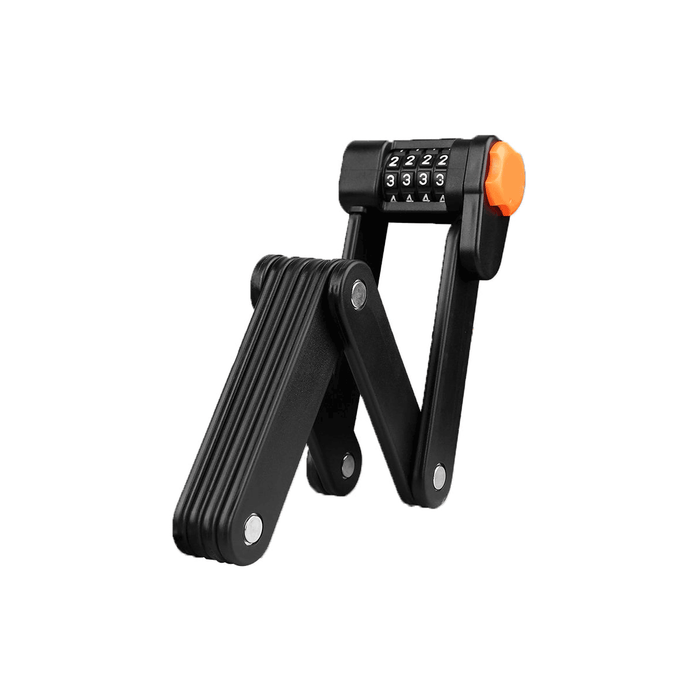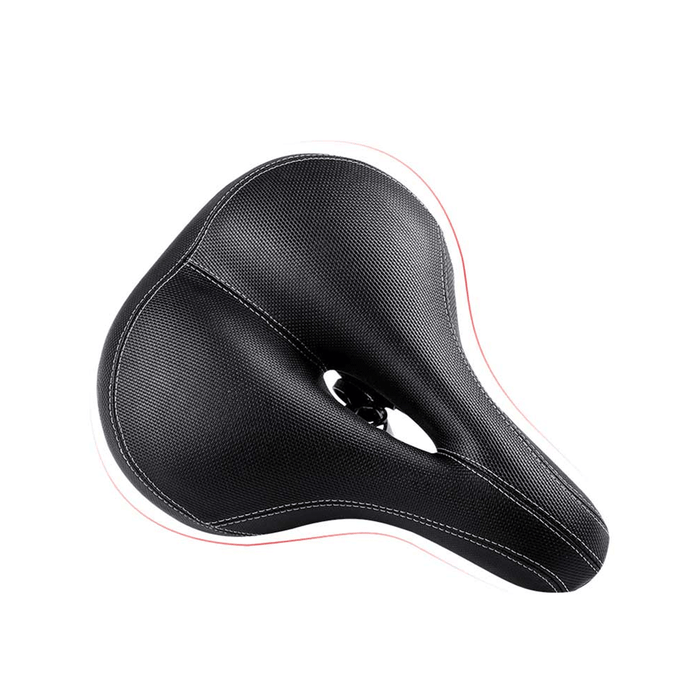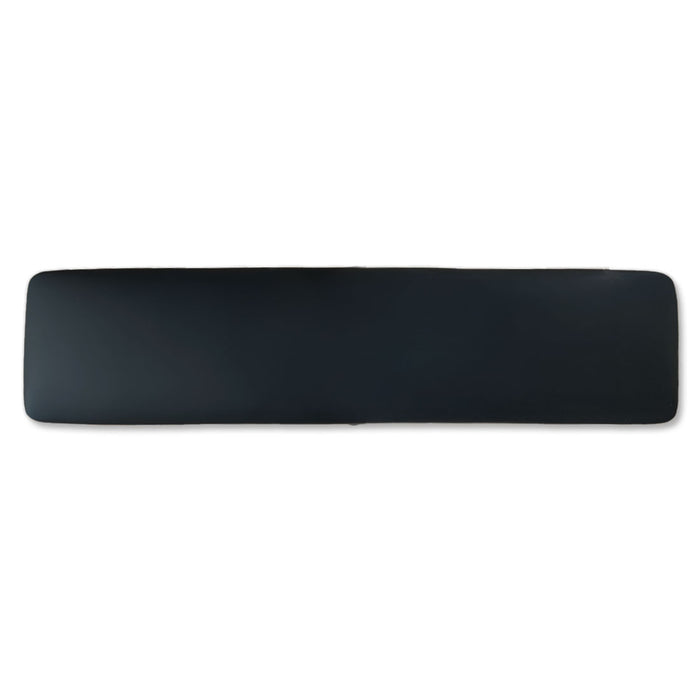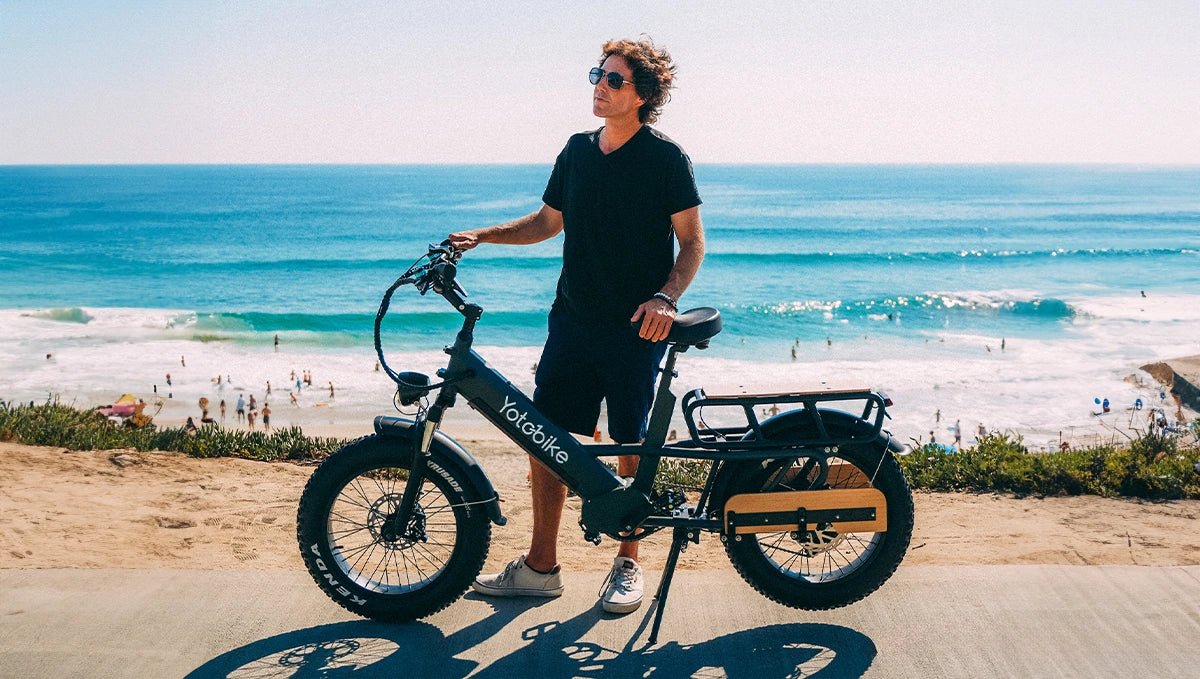
Electric bikes (e-bikes) are becoming increasingly popular for their convenience and eco-friendly benefits. One common question arises: Do you have to pedal an electric bike? The answer varies based on the type of e-bike and how it operates. Some e-bikes require pedaling, while others allow you to ride without any pedaling at all. In this guide, we will explore how electric bikes work, whether pedaling is necessary, and what factors to consider when purchasing an e-bike.

Can You Ride an Ebike Without Pedaling?
The ability to ride an e-bike without pedaling depends on whether it has pedal-assist or throttle-only modes.
Pedal-Assist Mode
In pedal-assist mode, the bike’s motor provides support as you pedal, making the ride easier. You still have to pedal, but the motor amplifies your effort, allowing you to travel faster and climb hills more easily. The assistance can be adjusted to suit your needs, so you can get more or less help depending on the terrain.
Throttle-Only Mode
Throttle-only mode allows you to ride without pedaling at all. In this mode, the e-bike operates similarly to a scooter, where you twist the throttle to control speed. If you’re wondering, can you ride an electric bike without pedaling, the answer is yes—but only if your e-bike is equipped with a throttle. While this mode offers a break from pedaling, it drains the battery faster.
In essence, can you ride an ebike without pedaling? Yes, if your bike has throttle-only mode. However, many e-bikes also offer a combination of pedal assist and throttle, giving riders more flexibility.
What Is an Electric Bike Pedal Assist and How Does It Work?
Pedal assist is one of the key features that makes e-bikes unique. In this mode, sensors detect your pedaling motion and activate the motor to help you. This results in a smoother, more efficient ride, reducing the effort you need to put into pedaling. You can adjust the level of assistance to match your energy level or the difficulty of the terrain. If you’re asking yourself, do you pedal an electric bike, the answer is yes, but it requires much less effort when using pedal assist.

Benefits of Electric Bike Pedal Assist
There are several advantages to using pedal-assist mode on an e-bike:
- Improved Efficiency: With pedal assist, you cover more ground with less effort. The motor helps you maintain a steady speed, even on uphill climbs.
- Extended Range: Since the motor doesn’t have to do all the work, pedal assist extends the battery life, allowing you to travel longer distances on a single charge.
- Better Speed Control: Riders can maintain higher speeds without as much physical exertion. If you’re wondering how fast do electric bikes go without pedaling, the speed is typically limited to about 20 mph in throttle-only mode, but pedal-assist bikes can help you reach up to 28 mph with assistance.
- Fitness Benefits: Even though the motor helps, you still need to pedal, which allows you to stay active without feeling fatigued.
For anyone seeking a balance between exercise and ease, pedal-assist e-bikes are the perfect solution.
What Are the Legal Requirements for Pedaling an Electric Bike?
E-bike laws differ across regions, but they typically categorize e-bikes into three classes:
- Class 1: Pedal-assist only, with no throttle and a maximum speed of 20 mph. You must pedal for the motor to engage.
- Class 2: Equipped with throttle assistance, allowing speeds up to 20 mph when the throttle is engaged.
- Class 3: Pedal-assist only, with no throttle, but with a higher speed limit of 28 mph.
Local laws may also dictate can you ride an electric bike without pedaling or how fast you can go. In some areas, throttle-only bikes face stricter regulations due to safety concerns.
What to Consider When Buying an Electric Bike
When purchasing an e-bike, there are several important factors to keep in mind:
- Pedal Assist vs. Throttle: Decide if you prefer the extra exercise provided by pedal assist or the ease of throttle-only mode, where you can ride an electric bike without pedaling.
- Battery Life: Consider how far you plan to ride. E-bikes with larger batteries offer longer ranges, which is especially important if you rely on throttle-only mode.
- Motor Power: The motor’s power determines the bike’s top speed and its ability to handle steep inclines. If you frequently tackle hills, a higher wattage motor may be essential.
- Legal Compliance: Ensure the e-bike you choose adheres to local regulations, particularly when it comes to speed limits and whether you must pedal in certain situations.
Choosing the right e-bike will depend on your specific needs, whether you want an easy ride for daily commutes or an adventure on difficult terrain. For reliable and high-quality electric bikes, explore electric bikes from Yotobike.
Conclusion
So, do you have to pedal an electric bike? The answer depends on the bike and the mode you’re using. Pedal-assist bikes require some effort, but the motor helps make your ride smoother and easier. In throttle-only mode, you can ride an electric bike without pedaling at all. Both options offer benefits, depending on how much exercise you want and the type of riding you plan to do. When choosing an e-bike, think about your desired riding style, local laws, and the terrain you’ll be covering.
For a wide range of electric bikes, including models with both pedal assist and throttle options, check out Yotobike’s electric bikes.
FAQs
Are e-bikes harder to pedal than regular bikes?
No, e-bikes are generally easier to pedal than regular bikes, especially in pedal-assist mode. The motor significantly reduces the effort required to pedal, making long rides or hilly terrain much easier to navigate.
Are there any electric bikes you don’t have to pedal?
Yes, throttle-only electric bikes allow you to ride without pedaling. These bikes use a throttle to control speed, making them ideal for those who want to avoid physical exertion.
Can you go uphill on an electric bike without pedaling?
Yes, if your bike has throttle-only mode, you can ride uphill without pedaling. However, using pedal assist on hills is often more efficient, as it extends battery life while still providing ample power for the climb.
